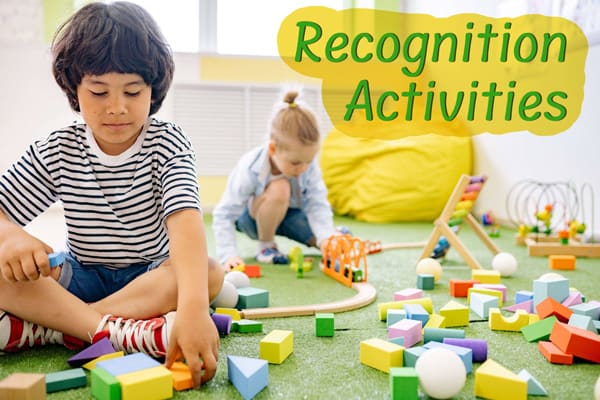When do children initially begin to recognize numbers? Furthermore, how important is it to observe and discuss them? Let’s first explore when children are sensitive to quantity. Picture a 6-month-old baby looking at three drawings showing two spots, one dot, and three dots. The baby hears three drumbeats and looks at the picture with three spots, indicating the beginning of a 6-month-old’s attempt at number recognition.
Children are indeed sensitive to quantity! Does that mean they “know” numbers? Probably only at an instinctive level. The baby doesn’t comprehend that the spots represent three as older children and adults do, and she doesn’t know that three is more than two. However, the foundations of understanding numbers are there.
What is the number recognition standard for Kindergarten?
In kindergarten, children begin their journey of number recognition, a important component of their mathematical development. Typically, by the end of the kindergarten year, students are expected to recognize and confidently identify numbers from 0 to 20. This standard balances the need for children to build a strong foundational understanding of numerical concepts while ensuring the process remains engaging and accessible for their developmental stage. Achieving this standard sets the stage for more advanced mathematical concepts in the years to follow.
Why is number sense important for kids?
Number sense is integral to a child’s academic success and everyday life. It serves as the cornerstone of mathematics, enabling children to understand and work with numbers, enhancing their skills in addition, subtraction, multiplication, and division. With a solid number sense, children can better appreciate the value of numbers, perceive their relationships, and recognize patterns, making problem-solving quicker and more efficient. Number sense paves the way for children to navigate the numerical world, whether measuring ingredients for a recipe, telling time, or planning savings. This critical skill not only boosts their performance in school but also empowers them to make informed decisions in various practical life scenarios.

Sensitizing Your Child to Number Recognition:
Building on these foundations is crucial. Every time you name a number, such as saying, “Oh! I dropped three of the crayons,” you sharpen children to numbers and demonstrate a number word and its association with a specific quantity.
Consistently doing this not only sharpens children to numbers but also encourages spontaneous recognition. This practice is a gift that continues giving, allowing children to create numerous mathematical experiences for themselves.
Strategies to Enhance Number Recognition
Educators should be mindful of naming small groups of objects and people whenever appropriate. “There are two cats.” “Would you like to play with the blocks?” Be especially aware of situations when naming small groups is crucial to the child.
“You drew five baby horses! Are you going to draw six mother horses?” Of course, children can’t recognize numbers in large groups unless they are arranged in specific ways, such as on dice. The limit is usually four to six.
The most obvious one is subitizing, or instantly recognizing how many. Subitizing is the direct and immediate recognition of the quantity of a group. If someone shows you four fingers for just a moment, you recognize how many fingers they are holding up without counting. And that rapid recognition is crucial.
Many children add 4 + 3 by counting four objects, then three objects, and finally counting all seven. The problem is that their memory of the three and four on one hand, and the seven on the other, is too distant for the child to make a connection.
However, if a child recognizes the four, she is more likely to count on, starting with four, then five, six, and seven. Then, she learns a more sophisticated counting method and begins understanding that 4 + 3 equals 7.
Therefore, be sure to acknowledge and name numbers. Talk about how many objects appear in small groups around you. It’s a sure way to put children on the path to math education since it teaches them numbers and ignites a mathematical perspective that will allow them to continue educating themselves.



